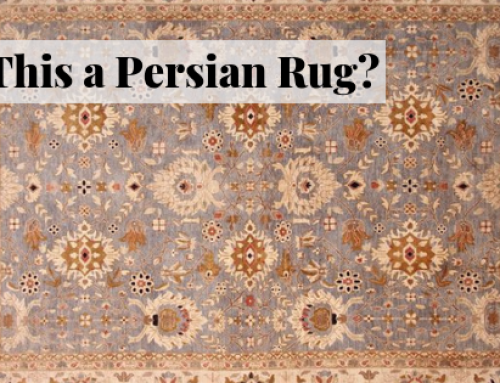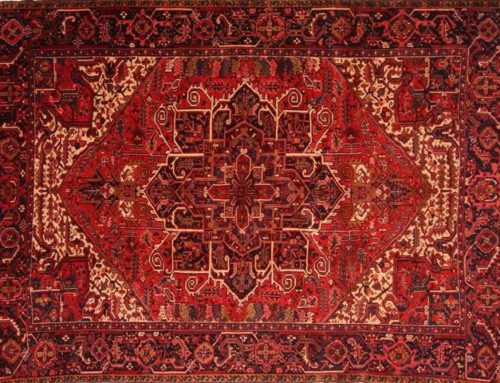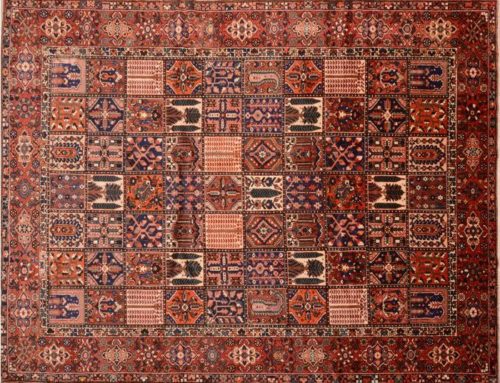Ardakan rugs originate from Ardakan, in the northwest corner of Yazd Province, known for its fabulous Persian carpets, is also historically a center of camel raising. Although it is located between Yazd and Nain, its influence comes primarily from Kashan. Throughout this area of Iran other small towns including Boroujerd, Josheghan, Khomaine, Najafabad, Taleghan, and Veramin, still, weave Persian carpets with influences carried forward from the 16th century. Weavers from Ardakan use a Persian asymmetrical knot. Ardakan rugs woven in the larger cities are of the highest standards. Even though Ardekan rugs produced in villages tend to be of lesser quality than those produced in the larger cities, they are considered to be among the best in the world. It may take years for a dedicated artisan to produce a single rug.
Design
Ardakan rugs are quite similar to those produced in Yazd or Kashan. The designs are generally woven around a central medallion, some of which may be repeated in the corners. The other fields on Ardekan rugs may be densely decorated with lovely flowers and vines. The main border on Ardakan rugs most frequently feature the famous Herati (arched leaf) motif. The secondary borders feature rosettes. Traditionally the colors used are varying shades of burgundy, red, navy blue, and ivory.
Material
Ardakan rugs are revered for their great beauty and superb quality. As a testament to their craftsmanship and fine materials, Ardakan rugs have been known to last for hundreds of years. They are usually woven from wool and silk, or a combination of the two. Although, the foundation is generally made of cotton because of its strength and durability. There are rare area rugs where the foundation is made of pure silk. Ardekan rugs are available in a wide variety of sizes. Their classical beauty and elegance will provide a very polished and refined look to your home.



